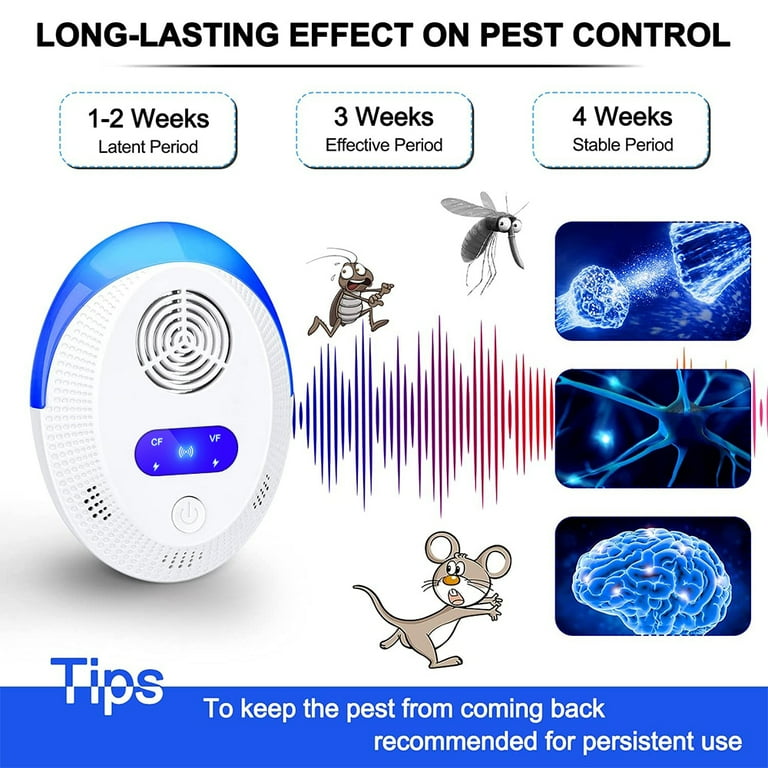Getting The Eco Bed Bug Exterminators Dc To Work
Getting The Eco Bed Bug Exterminators Dc To Work
Blog Article
Eco Bed Bug Exterminators Dc Fundamentals Explained
Table of ContentsThe smart Trick of Eco Bed Bug Exterminators Dc That Nobody is DiscussingEco Bed Bug Exterminators Dc - Questions7 Simple Techniques For Eco Bed Bug Exterminators DcEco Bed Bug Exterminators Dc Can Be Fun For EveryoneAll about Eco Bed Bug Exterminators Dc
Due to the fact that chemicals are toxic, they are likewise possibly unsafe to humans, animals, various other organisms, and the setting. For that reason, people who make use of chemicals or regularly been available in call with them need to recognize the family member toxicity, potential wellness effects, and preventative measures to lower exposure to the products they utilize. Danger, or threat, of utilizing chemicals is the possibility for injury, or the degree of danger included in using a pesticide under a given collection of conditions.
Applicators can lessen or virtually get rid of direct exposure-- and thus decrease threat-- by complying with the tag guidelines, utilizing personal safety clothes and tools (PPE), and managing the pesticide effectively. Even more than 95 percent of all pesticide direct exposures come from facial direct exposure, mostly to the hands and forearms. By putting on a set of unlined, chemical-resistant handwear covers, this kind of direct exposure can be nearly eliminated.
The harmful impacts that occur from a single direct exposure by any type of course of entry are labelled "severe effects." The four paths of direct exposure are dermal (skin), breathing (lungs), dental (mouth), and the eyes. Intense poisoning is figured out by analyzing the dermal toxicity, breathing toxicity, and oral poisoning of examination pets.
More About Eco Bed Bug Exterminators Dc
Intense toxicity is determined as the amount or concentration of a toxicant-- the a.i.-- required to kill half of the animals in a test populace. This procedure is generally shared as the LD50 (lethal dosage 50) or the LC50 (dangerous concentration 50). In addition, the LD50 and LC50 worths are based on a single dose and are tape-recorded in milligrams of chemical per kilogram of body weight (mg/kg) of the guinea pig or partially per million (ppm).
The reduced the LD50 or LC50 worth of a chemical product, the better its toxicity to people and pets. Pesticides with a high LD50 are the least toxic to human beings if used according to the directions on the product tag. The chronic toxicity of a chemical is figured out by subjecting guinea pig to long-lasting direct exposure to the active ingredient.
The chronic toxicity of a chemical is extra tough than intense poisoning to determine with lab analysis. Products are categorized on the basis of their relative intense poisoning (their LD50 or LC50 values). Chemicals that are categorized as highly harmful (Toxicity Group I) on the basis of either dental, facial, or breathing toxicity should have the signal words threat and POISON published in red with a skull and crossbones sign prominently presented on the front panel of the package label.
The severe (single dose) oral LD50 for chemical products in this team varies from a trace total up to 50 mg/kg. Direct exposure of a couple of drops of a product taken orally could be fatal to a 150-pound individual. https://slides.com/ecobedbug3xt. Some pesticide products have just the signal word risk, which informs you absolutely nothing concerning the acute poisoning, simply that the item can trigger extreme eye damages or extreme skin irritability
The Buzz on Eco Bed Bug Exterminators Dc
In this group, the severe oral LD50 arrays why not try here from 50 to 500 mg/kg. A teaspoon to an ounce of this product might be fatal to a 150-pound individual (exterminator). Pesticide products identified as either slightly hazardous or relatively nontoxic (Poisoning Classifications III and IV) are called for to have the signal word care on the pesticide label

All pesticide poisoning values, consisting of the LD50, can be discovered on the product's Product Security Information Sheet (MSDS) - exterminator DC. Chemical labels and MSDS can be obtained from stores or manufactures. Furthermore, most products likewise know that can be located on the web. The signs of pesticide poisoning can vary from a mild skin irritation to coma and even fatality.
Since of potential health problems, chemical users and trainers must recognize the usual indicators and symptoms of pesticide poisoning. The impacts, or signs, of chemical poisoning can be extensively defined as either topical or systemic.
Getting My Eco Bed Bug Exterminators Dc To Work
Dermatitis, or inflammation of the skin, is accepted as the most generally reported topical impact linked with pesticide exposure. Some individuals tend to cough, hiss, or sneeze when exposed to chemical sprays.
This sign generally subsides within a couple of minutes after a person is removed from the exposure to the irritant. Nonetheless, a response to a chemical product that triggers someone not only to sneeze and cough yet also to develop serious intense breathing signs is more probable to be a true hypersensitivity or allergy.
Systemic results are fairly different from topical results. They often take place away from the initial factor of contact as a result of the chemical being soaked up right into and distributed throughout the body.
Report this page